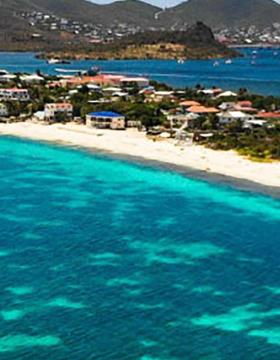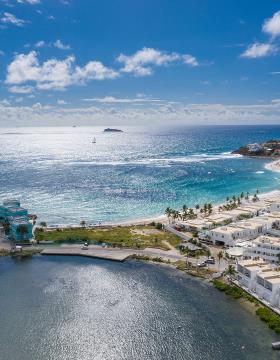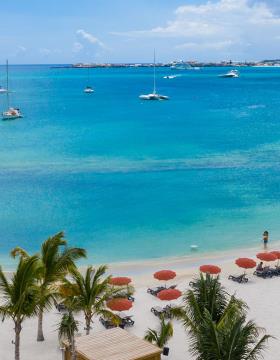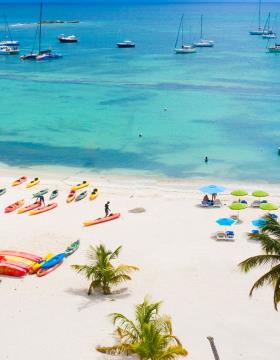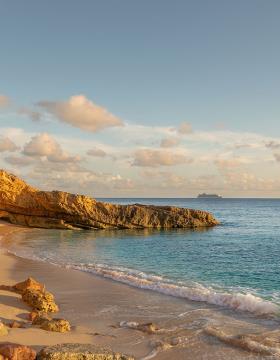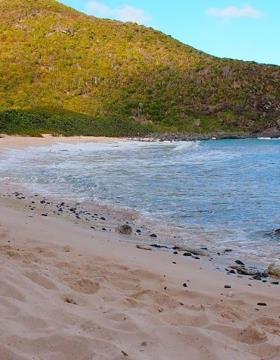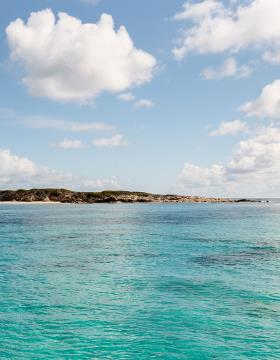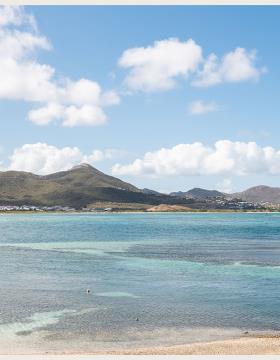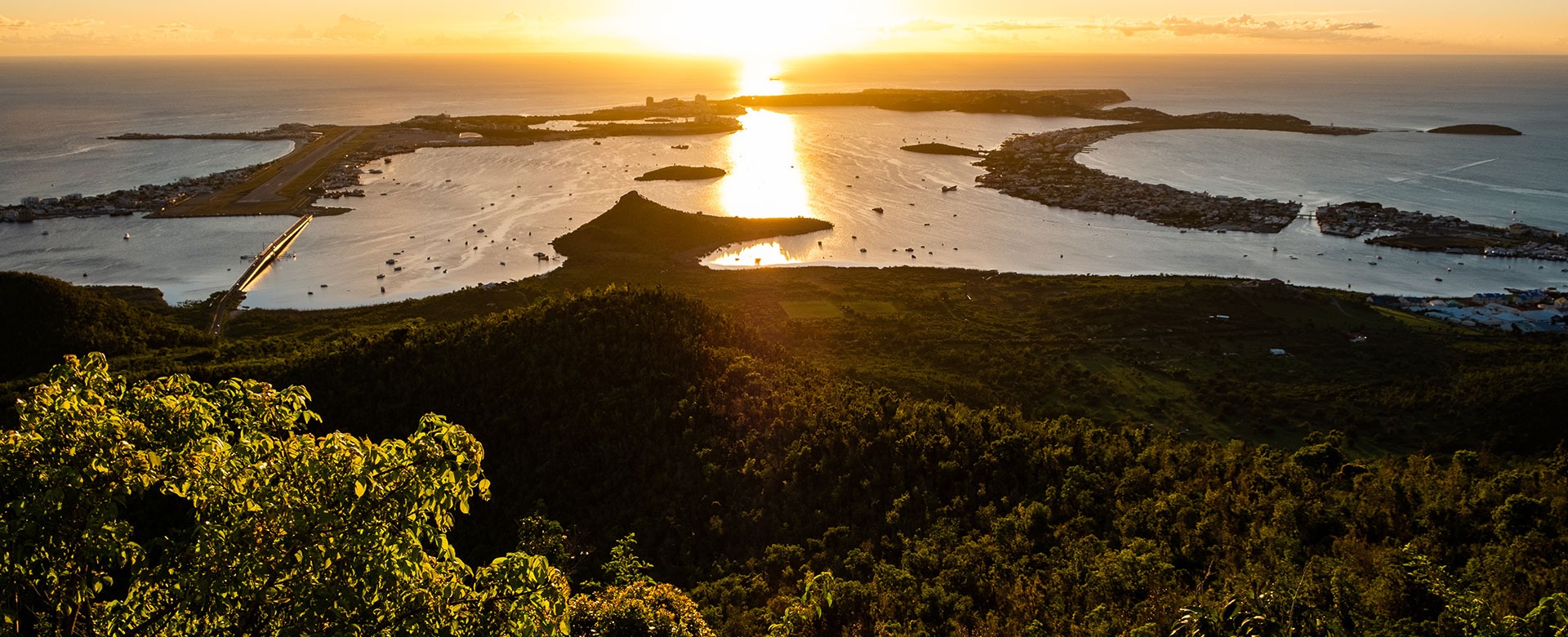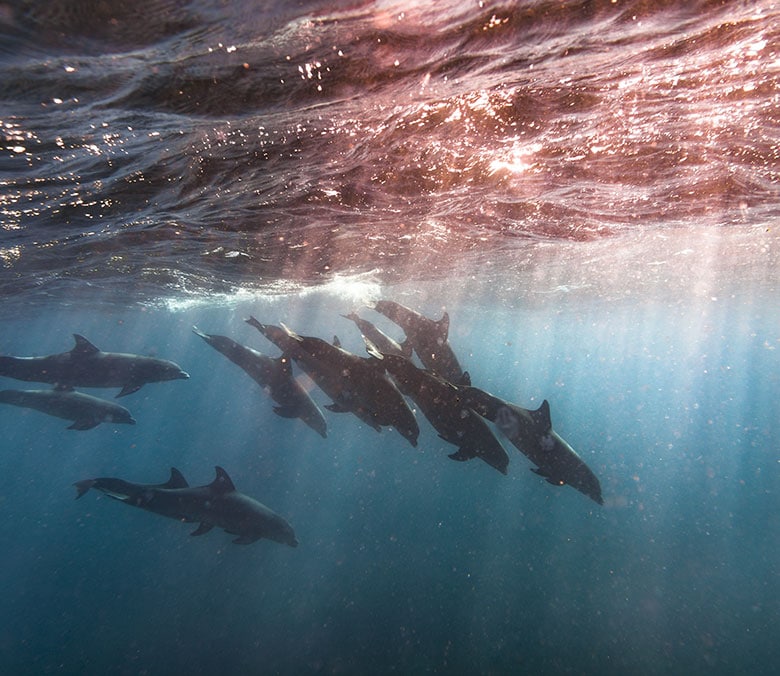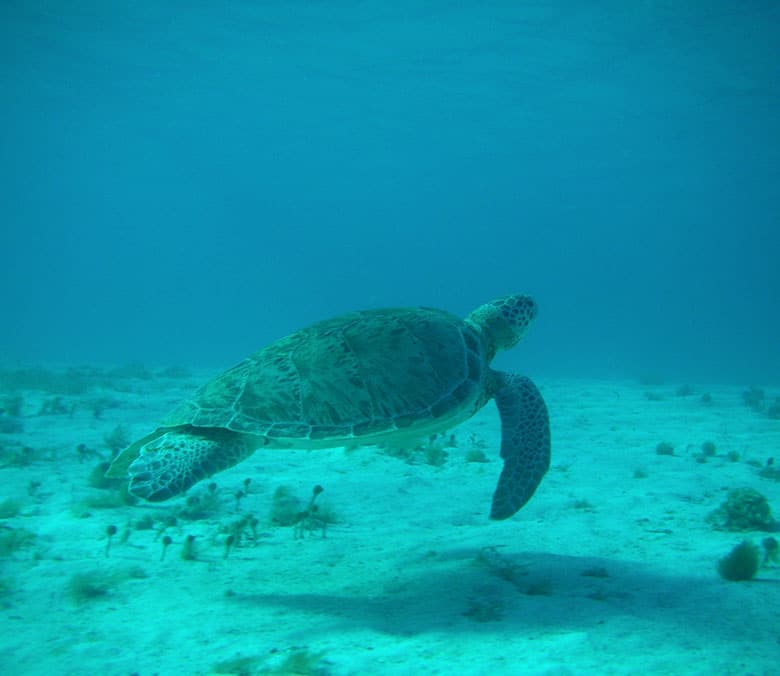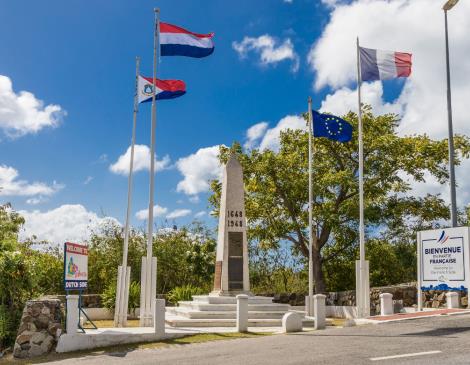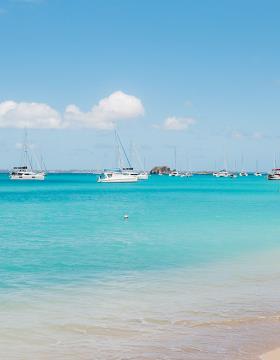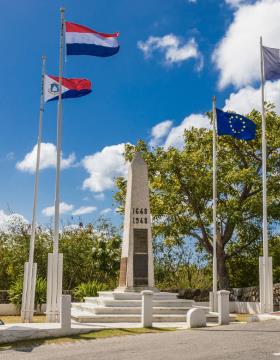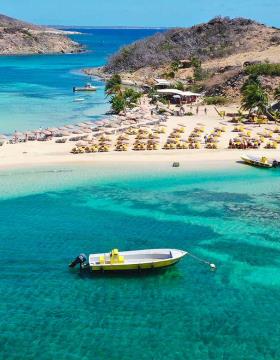The island of St. Martin is right in the Caribbean, in the northern hemisphere, between the Tropic of Cancer and the Equator and, more accurately, in the northern part of the Lesser Antilles Archipelago. St. Martin is therefore one of the islands in the French “îles du Nord” (“islands of the North”) administrative region. Both French and Dutch, St. Martin is split into two distinct geographical zones. Yet this territory has the particularity of having no physical border between the two sides of the island. People and goods circulate without restriction.
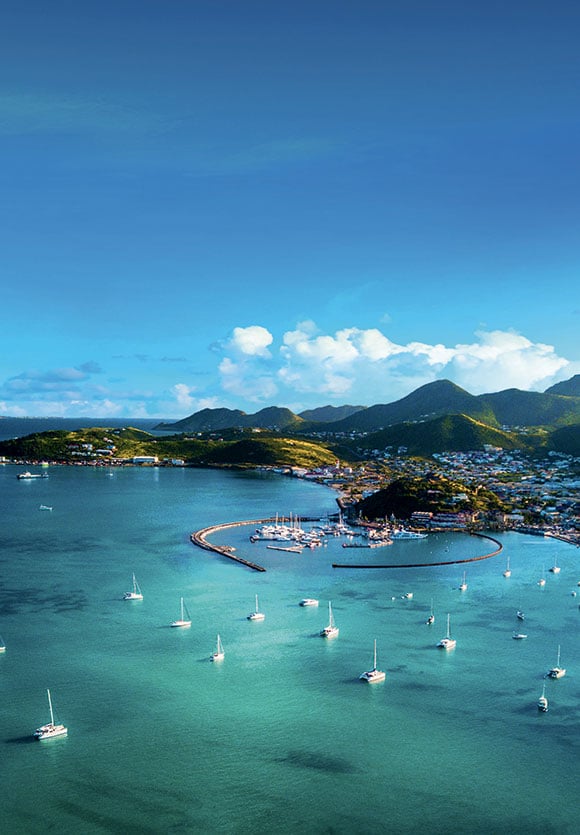
St. Martin, the French Island
The French part of St. Martin covers a surface area of approximately 20 mi². Occupying the northern side, it is a French Overseas Collectivity. The inhabitants are known as “Saint-Martinois.” Most of the housing and roads are in the lower areas, near the coast. The main town is Marigot, the Creole capital. This is where you’ll find the Hôtel de la Collectivité (town hall), the Prefecture, and most of the administrations and services. The other main villages and districts are Terres Basses, Sandy Ground, Nettlé Bay, Colombier, Grand Case, Cul-de-Sac, Orient Bay, Quartier d’Orléans, and Oyster Pond.
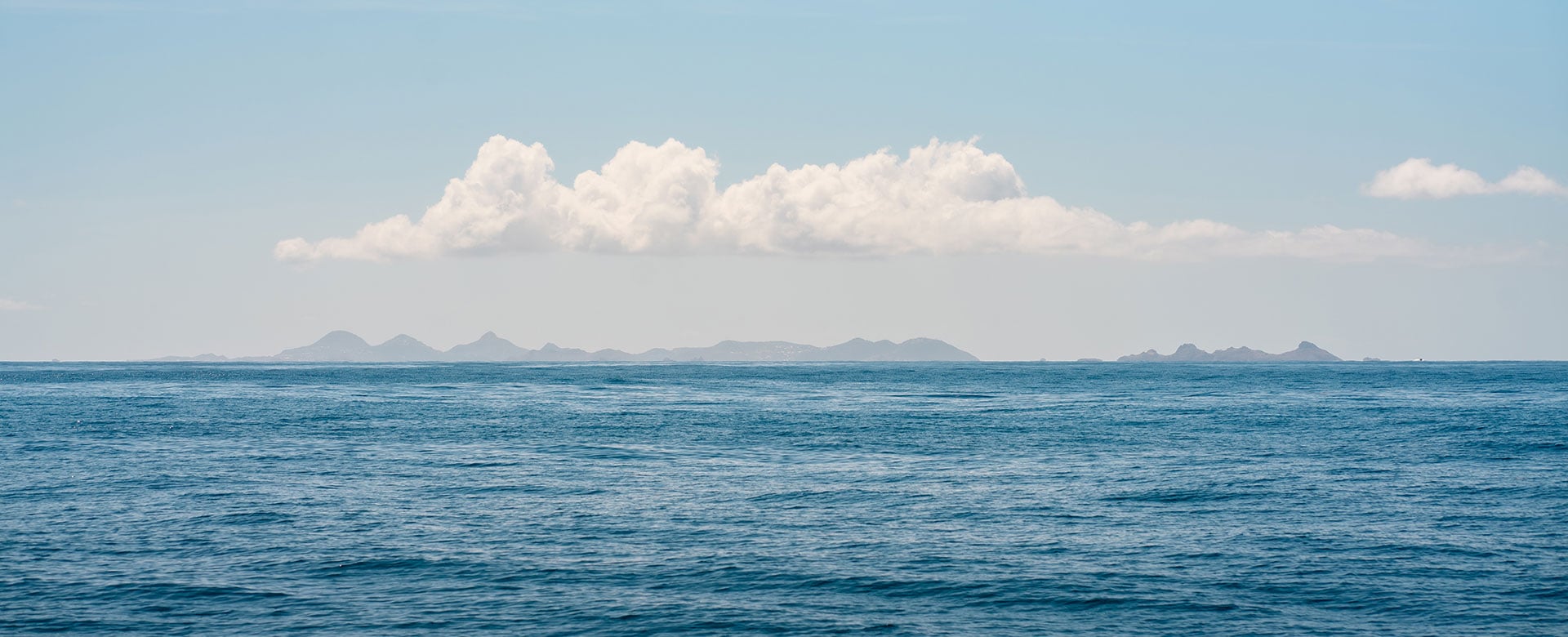
Sint Maarten, the Dutch Part
Sint Maarten has a surface area of approximately 13 mi². This southern side is one of the five islands that make up the Netherlands Antilles: Bonaire, Curaçao, Saba, St. Eustatius, and Sint Maarten. On October 10, 2010, Sint Maarten became a constituent country of the kingdom of the Netherlands.
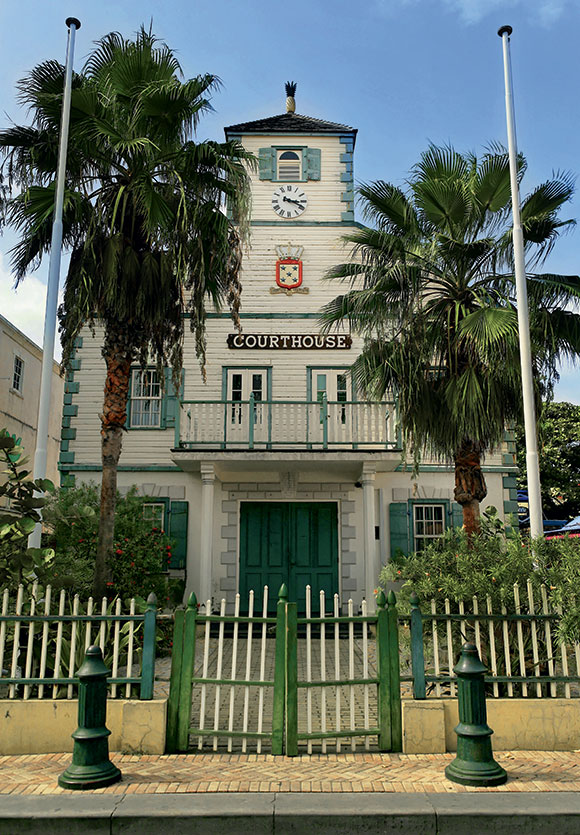
The main town of Sint Maarten is Philispburg. Located on the Caribbean Sea, the Dutch capital is home to the Parliament and most administrations and services. The other main districts of the Dutch part are Dawn Beach, St. Peters, Simpson Bay, Colebay, Pelican Key, Maho, and Cupecoy.
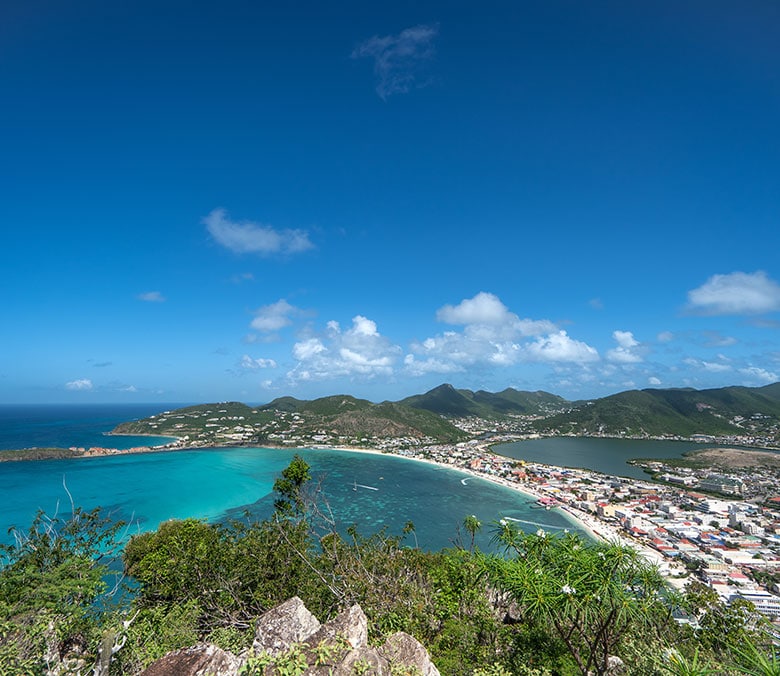
Geography of St. Martin, a Wealth of Natural Areas
A vast area in the French part of the island became a listed Nature Reserve over thirty years ago. More than 7,000 acres and 6 miles of coastline are thus the protected home of remarkable biodiversity. Here, the island’s five main ecosystems – coral reefs, mangroves, phanerogamous sea beds, ponds, and dry coastal forest – are carefully safeguarded by the French government. The natural areas are extremely diverse. They are home to an enormous wealth of fauna and flora. The sea beds offer a habitat, a hunting ground, and a breeding ground to a host of protected species.
On land, the island features rocky coasts, cliffs, beaches, and mangroves. The beaches are natural and almost entirely of fine sand. Numbering 37, they make up the main geographical component of St. Martin. The forest is the island’s second-largest topographical component. It has tropical vegetation and a dense canopy in the center of the island and so-called “dry” areas near the shores which make up the coastal heath. The marshy areas consist of ponds and salt marshes. The small islands on the east coast such as Pinel, Petite Clef, Green Cay, Tintamarre and the islands of the Baie de l’Embouchure, as well as the famous Creole Rock, facing Grand Case Bay, are also included in this natural sanctuary, offering a beautiful landscape of cliffs and rocky shores.
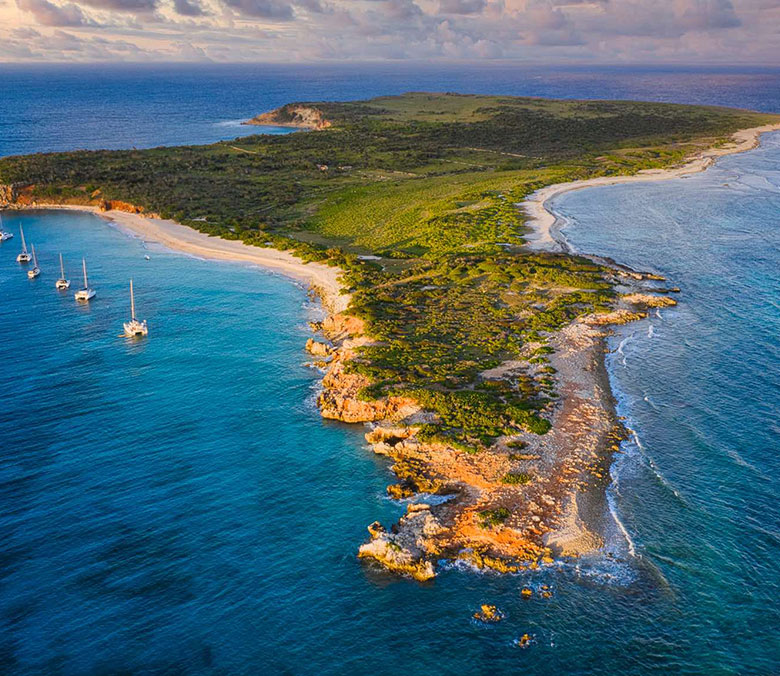
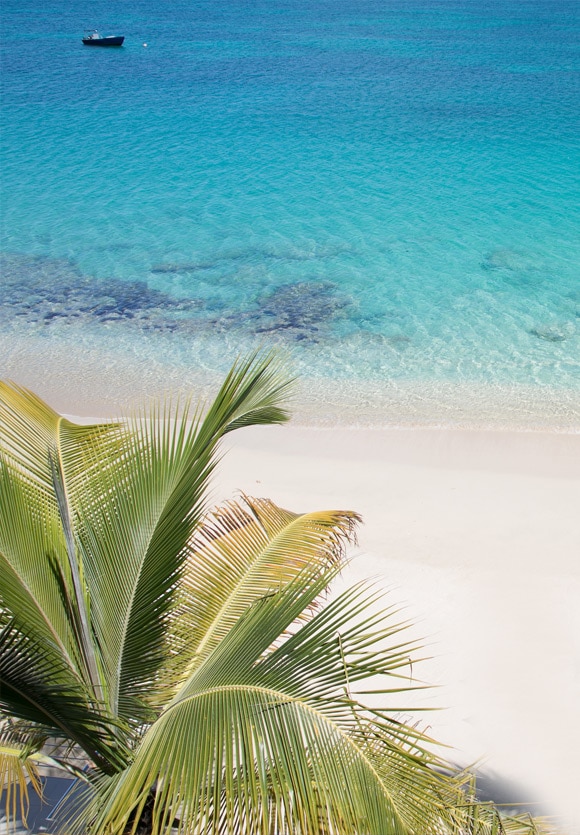
A Strategic Position in the Heart of the West Indies
St. Martin is nestled between the Atlantic Ocean to the east and the Caribbean Sea to the west. With a total surface area of approximately 35 mi², the island of St. Martin is 9.3 miles at its longest point and 8 miles at its widest. St. Martin’s geographical features result from shifting tectonic plates. The Atlantic plate dug its way beneath the Caribbean plate, to form a chain of volcanic islands, including St. Martin. Its highest point is Pic Paradis, 1,391 feet above sea level.
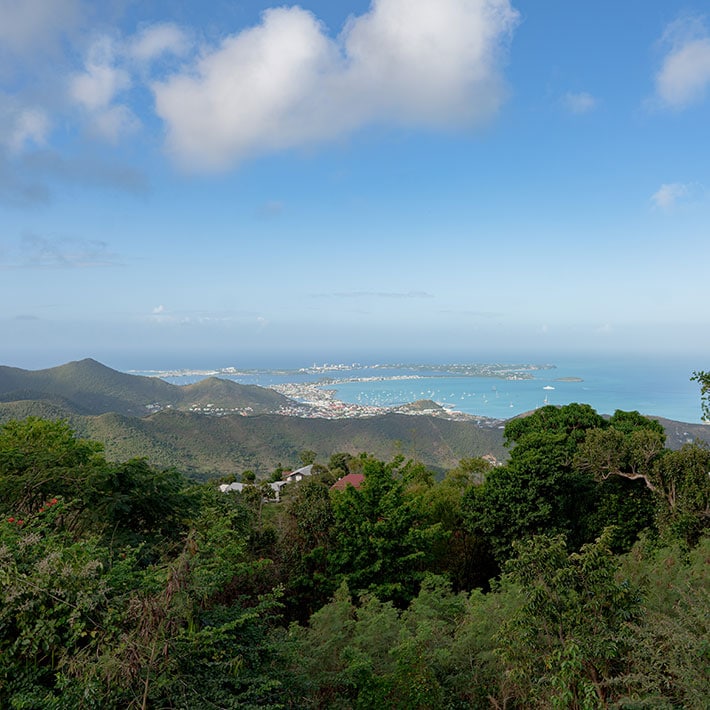
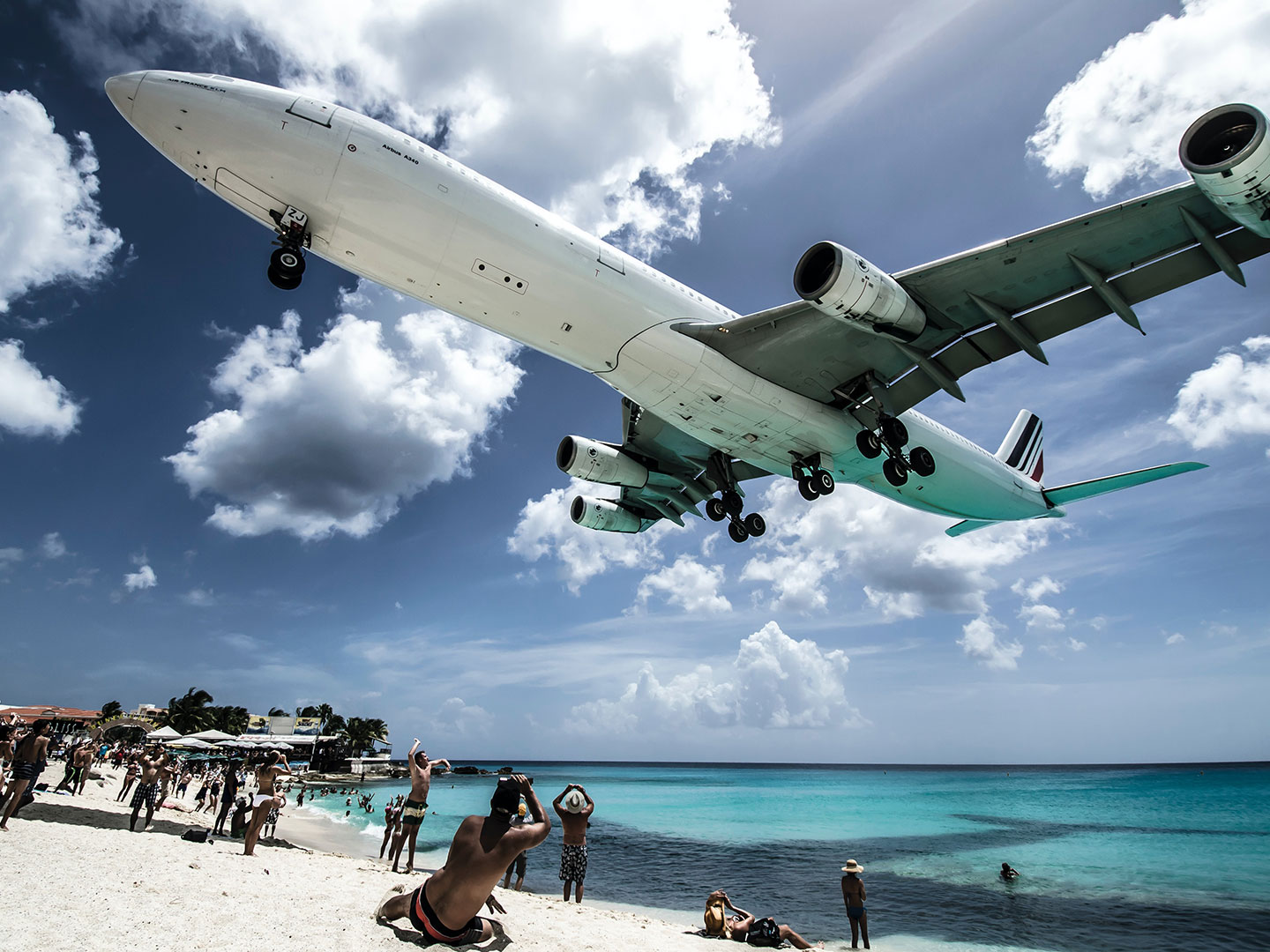
Guadeloupe lies about 150 miles southeast of St. Martin and Puerto Rico is located about 230 miles to the west. From these islands, St. Martin can be reached by plane in 45 minutes. So St. Martin enjoys a central geographical position in the Caribbean Sea and is the nearest French island to the American coast.
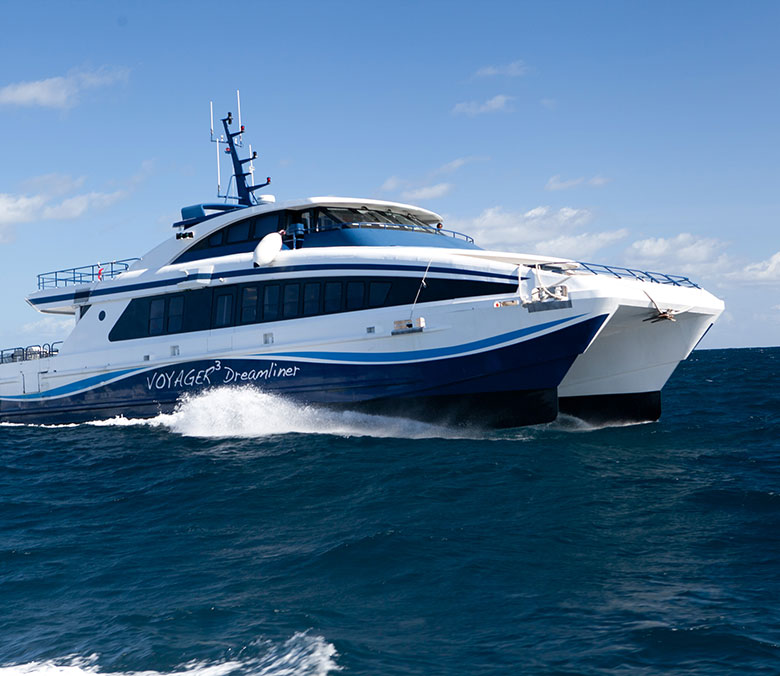
The islands closest to St. Martin are Anguilla and St. Barthelemy. Situated just ten or so miles away, they are easy to reach by boat in less than an hour. Other neighboring islands include Saba, St. Eustatius, and Nevis, but these are much further away. In fact, it’s faster and more convenient to reach them by plane. The binational island of St. Martin is 4,300 miles away from Europe. It takes at least 8 hours to fly across the Atlantic. The island is 3 1/2 hours from New York, 2 1/2 hours from Miami, 1 1/2 hours from Caracas (Venezuela), and 2 1/2 hours from Panama. Brazil, Argentina, and lots of other destinations in South America can be reached in ten hours or so by plane from St. Martin.
Just for you
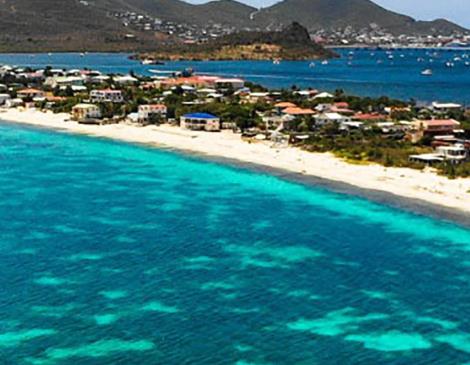
Baie Nettlé
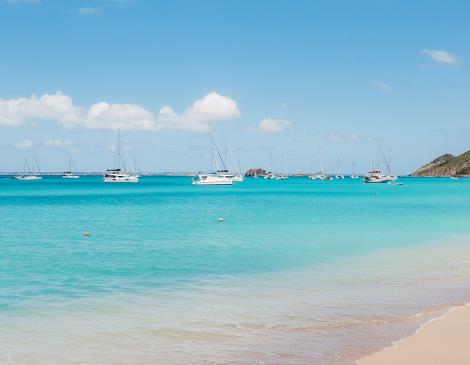
LA PLAGE DE GRAND CASE
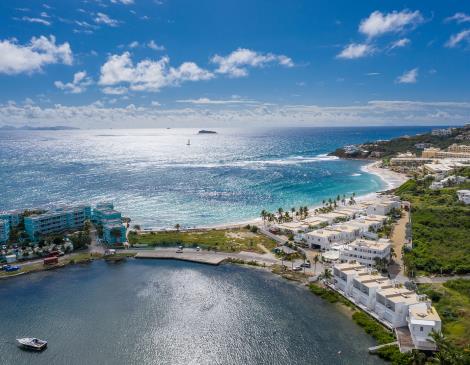
Dawn Beach
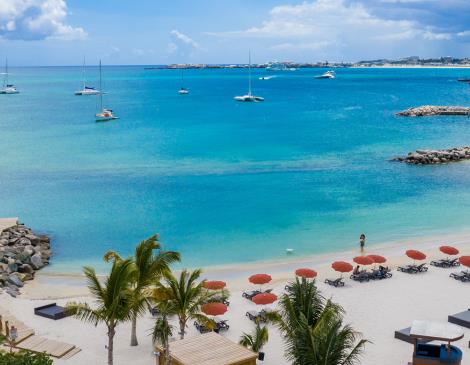
Simpson Bay
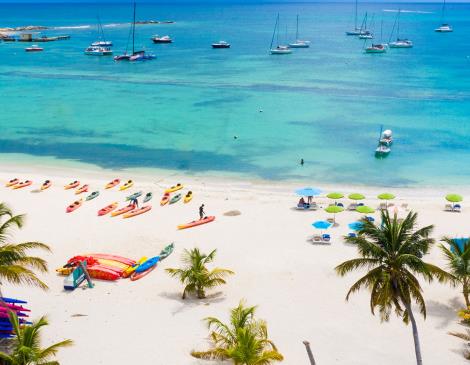
Pelican Cay
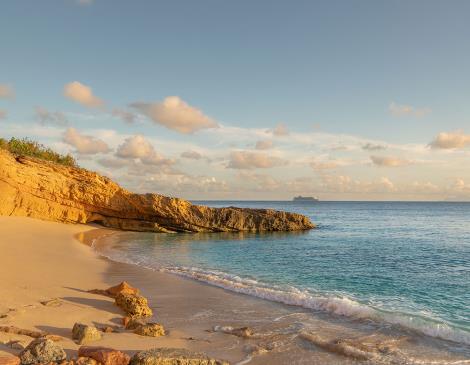
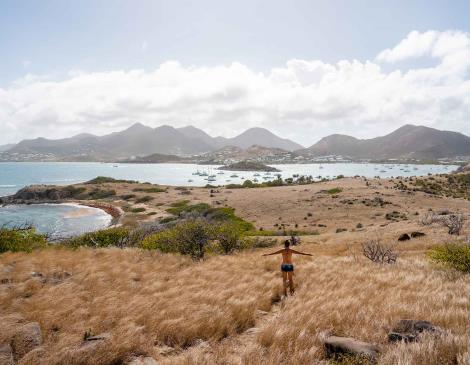
RESERVE NATURELLE DE SAINT-MARTIN

Ilet Pinel / Pinel Island
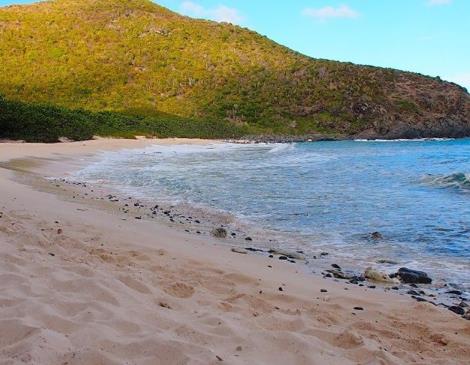
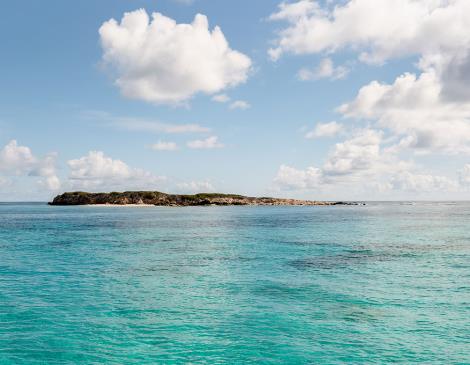
Caye Verte
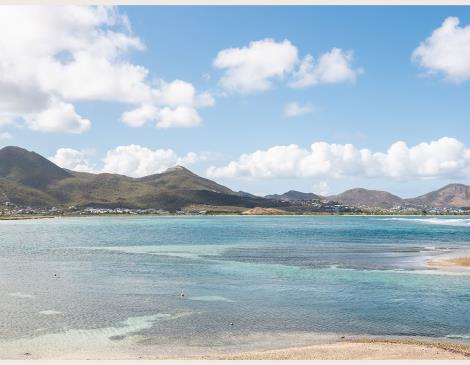
Baie de l'Embouchure
